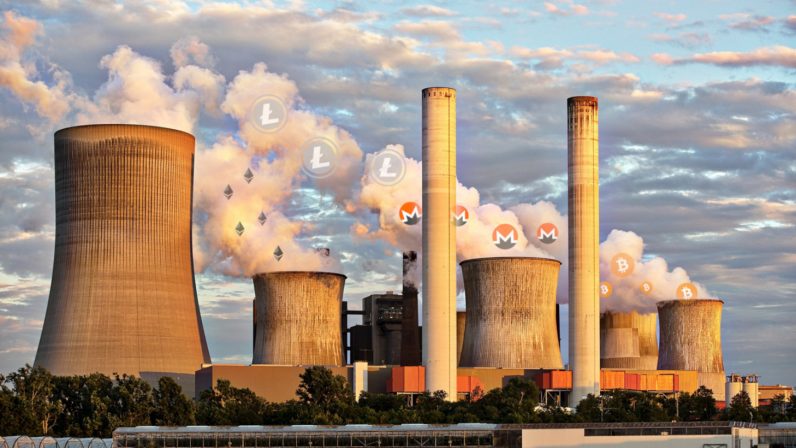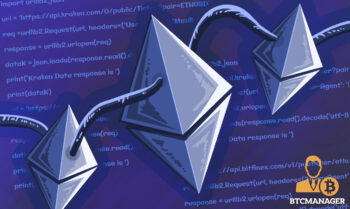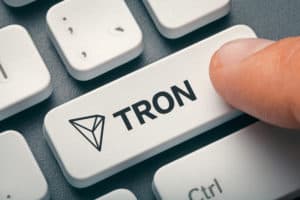2018-12-3 21:27 |
A lot of newcomers to crypto space often wonder why transaction fees are necessary, especially since miners receive block rewards. However, the truth is that block rewards can be enough only for a certain period, especially when it comes to Bitcoin, which has its block rewards cut in half approximately every four years.
For now, this is not the main reason why fees are necessary in order to have a healthy block system, but there are other reasons. According to statistics, the collected fees on most days remain below 30 BTC. On the other hand, BTC mining currently generates around 1800 BTC on a daily basis. That places current fees at only 1.5% of the amount that miners earn for their work.
In theory, blockchain is decentralized. It is also censorless and immutable. The PoW protocol used by Bitcoin and some altcoins is one of the ways to protect the chain and neutralize corrupt players without the need for any kind of centralized authority. However, this is also true for transaction fees, as they remain need in order to prevent those who might damage the system from entering the network in greater numbers. In other words, using the fees in order to pay miners is only one small reason behind their existence.
Threats To The ChainWhile blockchain is said to be very difficult to hack, it doesn't mean that it is completely immune to different kinds of attacks. There is a type of attack called flood attack/dust spam/penny-spend attack, which revolves around sending small fractions of a coin to a huge number of different addresses. With no fees, such behavior would flood the system with countless worthless transactions.
The size of the blockchain would skyrocket, and the consumption of RAM with UTXOs would increase. Running a full node would be practically impossible at this point, and the chain would die rather quickly. This is why a set of rules was put in place in order to ensure the legitimacy of transactions so that the flood attacks can be prevented.
Spam transactions are organized to end up in a mempool before they are added to blocks by miners, and if miners themselves do not choose to do it, most nodes will eventually wipe them out. This is not the case when it comes to unspent outputs, which must be stored by full nodes, and can remain forever.
One example of this type of problem impacted Litecoin back in 2011, when bad actors spammed the chain with large amounts of UTXO, with each of them only containing 1 Sitoshi. Even now, 7 years later, these UTXOs represent more than half of Litecoin's unspent outputs. At the time, this problem was solved by developing a new mechanism that would set a small transaction fee.
Recently, Litecoin's Charlie Lee proposed that these outputs get marked as unspendable through the soft fork. Doing so would cut the RAM amount used for loading UTXO database by more than half. However, the issue remains controversial, as it might be considered censorship, which would go against what blockchain represents. The community eventually decided against it, and the situation remains unchanged.
How Does Nano Handle This Issue?Nano handles this situation differently than most other cryptos, and its own chain differs from that of Bitcoin in several ways. The coin's developers call it the “block lattice“, but in simple terms, each “account” has its personal blockchain. That way, transactions can remain feeless, but those wishing to make transactions must do their own light version of PoW. In other words, while there are no actual fees, doing PoW can be considered a fee at Nano.
This makes spamming the network relatively cheap. Solving this in a decentralized manner might prove to be a challenge, but there are several ideas regarding how to do it. One is to reduce PoW parallelization, although this likely won't be enough. Another method includes pruning low-balance accounts in non-full nodes. However, this also doesn't seem to be the best solution, as it can actually discourage people from running full nodes.
The Issue With EOSA lot of people within the crypto community claim that EOS is not a proper blockchain, but even if true, it still offers feeless transactions, as well as a very high number of TPS. However, many are not impressed by this as all transactions are validated by only 21 entities.
Many judge the way EOS does things, especially due to a flawed voting system, having a single group control the currency, and discouraging those who hold only low amounts of EOS from actually casting their vote. Since DPoS blockchains are based on trust, this also means that there is a possibility of a censorship. In other words, eliminating fees would mean that some basic elements of the true blockchain would have to go as well.
Blockchain needs fees in order to stick to true decentralization. Having them is the only way to use it in a way that everyone believes it should be used. Fees are what allows blockchain to remain secure, censorless, trustless, resilient, decentralized, immutable, permissionless, adaptable, antifragile, and, above all — sustainable.
Similar to Notcoin - Blum - Airdrops In 2024
Ribbit Rewards (RBR) на Currencies.ru
|
|















